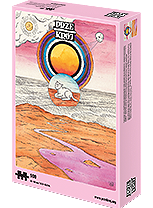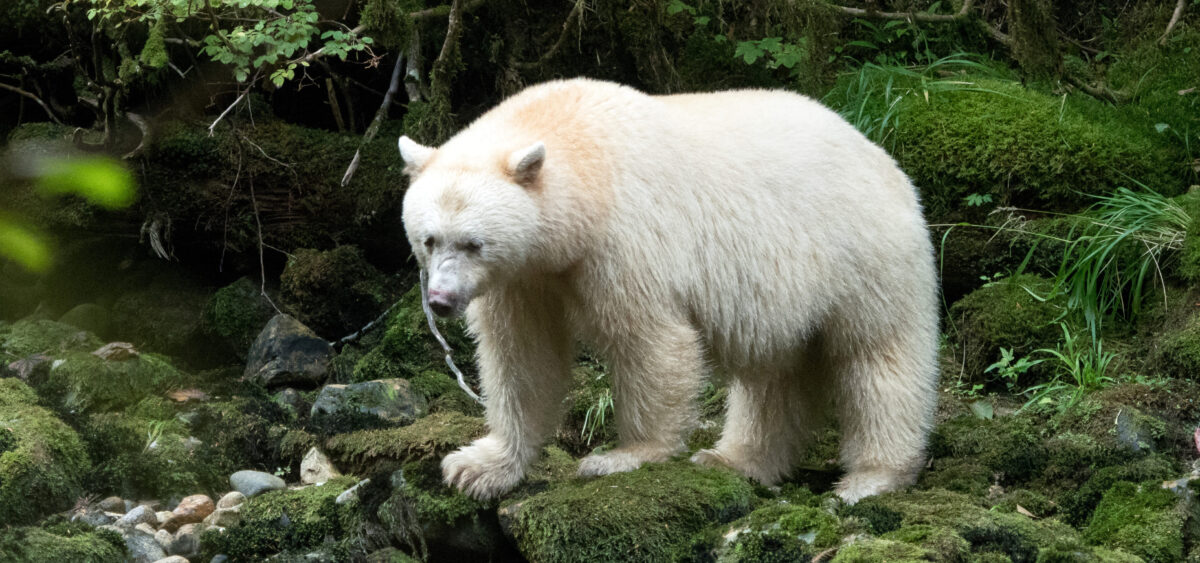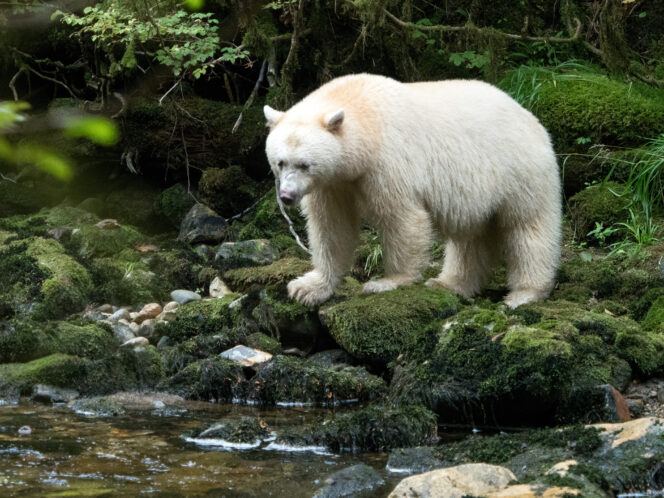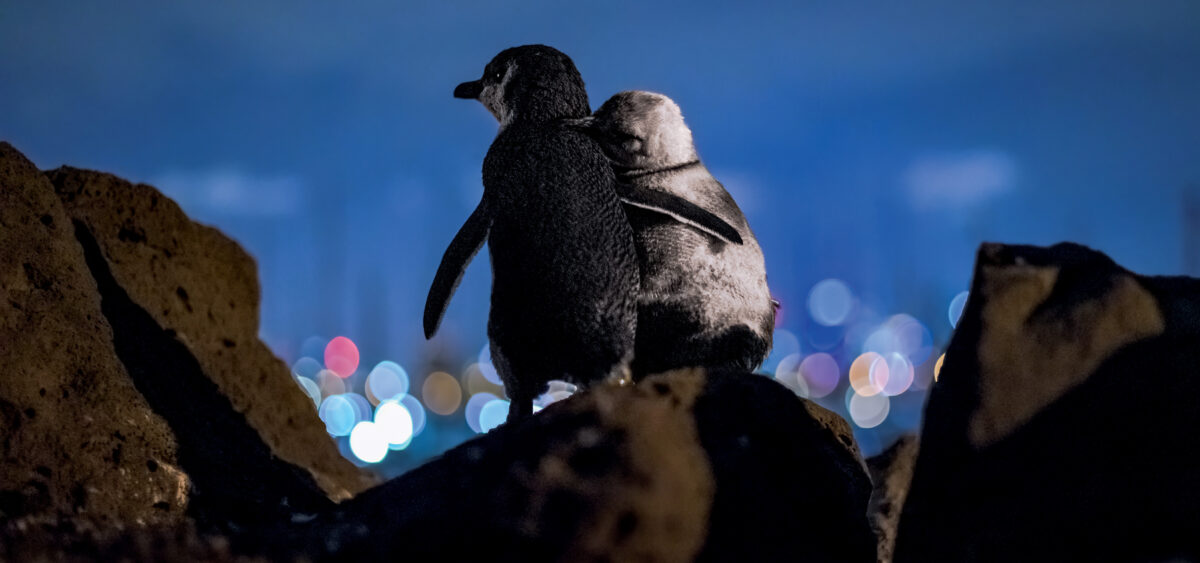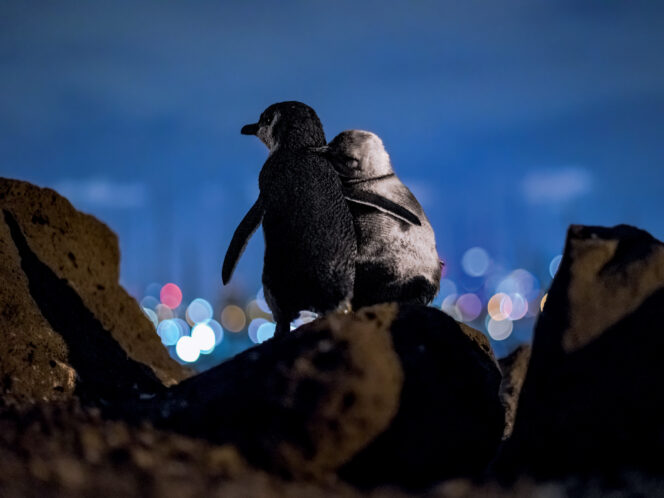
The world’s largest temperate rainforest ecoregion is home to bears that appear to come from an altogether different reality—they are white and stand out against the lush greenery. Their color benefits all the inhabitants of this corner of the world.
In early July 2022, the Canadian province of British Columbia banned the hunting of the black bear, also known as the American black bear or baribal. The aim is to protect its subspecies the Kermode bear (also called the spirit bear), which has white fur and sometimes yellow-orange patches on the neck and between the shoulder blades. For many years it was said that the previous regulation, which prohibited the hunting of the Kermode bear specifically, made no sense from a biological point of view. To really protect the subspecies, those with black fur also need to be protected, because they too can carry the “white gene.”
The MC1R gene (the same one responsible for red hair in humans and cream-colored Labradors) is recessive. This means that to be born with white fur, a black bear needs two copies of the gene—one from the mother and one from the father. If it has only one, it will be born black. This is why black bears can have white offspring, just as a brown-eyed couple can have a blue-eyed baby. If each parent passes on a single gene, it will be duplicated in the child. In killing a black bear, the gene pool is depleted, as it is impossible to tell from sight alone if a given animal carries the white gene. Furthermore, in 2020 it turned out that MC1R is twice as rare in bears than was previously supposed, which makes protection of the white ones all the more urgent.
Hen’s Teeth
Kermode bears are the world’s rarest bears. New studies suggest that their numbers are lower than previously thought. While preparing for a trip to their habitat, the Great


